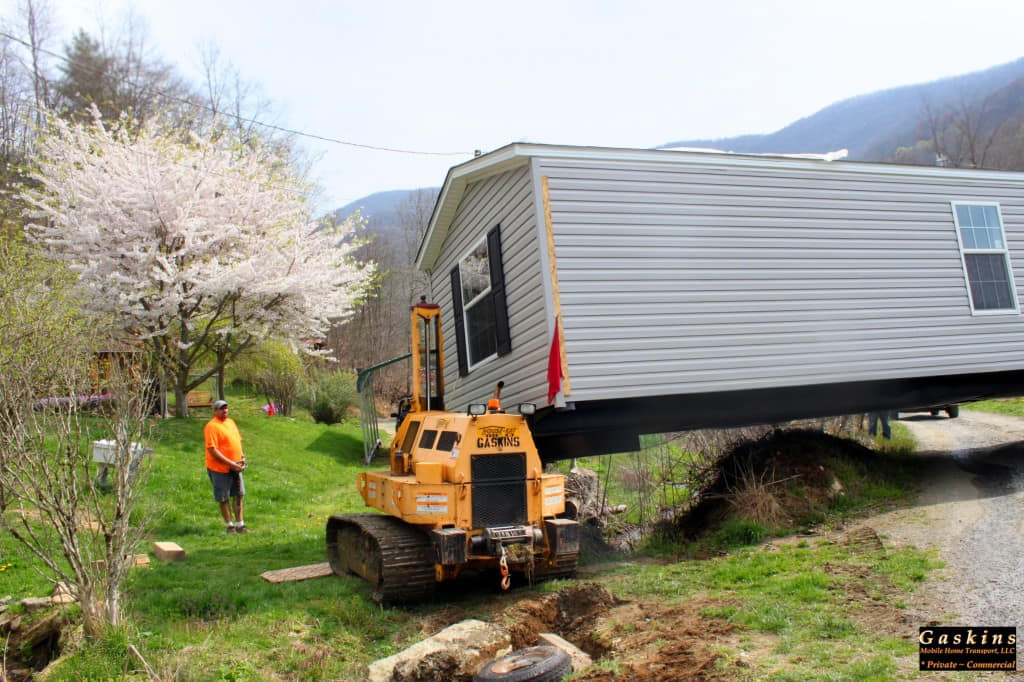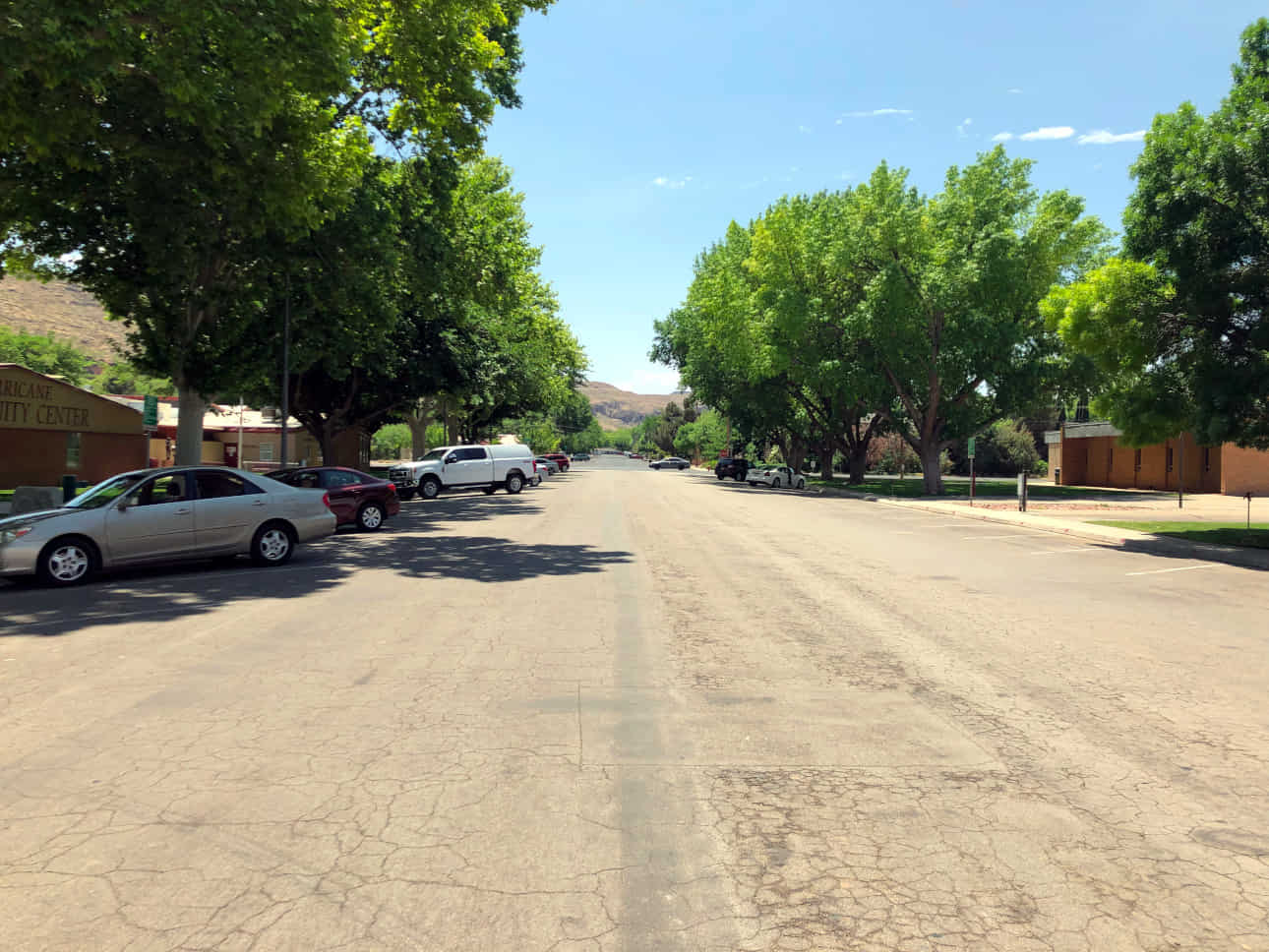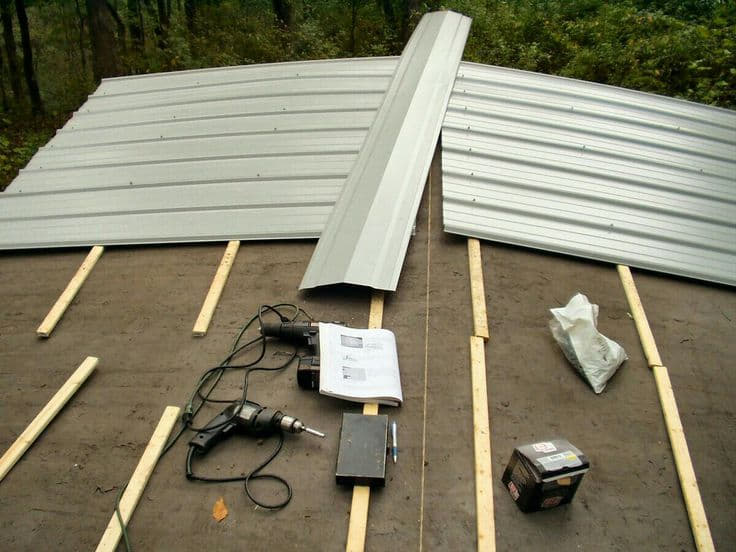Removing a mobile home from private property requires following the proper legal procedures. Key steps in the process include issuing a notice to the mobile home owner, allowing time for removal, and ensuring all parties understand their rights and responsibilities. This article will address some common questions about removing a mobile home.
What is the purpose of a notice to remove a mobile home?
The notice to remove a mobile home serves as an official communication to inform the owner or occupant about the impending removal. It outlines the legal obligations and steps involved in the removal process. The notice lets the owner know they must remove the home by a certain date, usually within a set number of days.
It explains the property owner's right to remove the home themselves and charge the occupant if it is not removed voluntarily. Providing written notice gives a clear timeline and protects all parties involved in following the legal process.
Related: Can I Put A Mobile Home On My Parents' Property?

What should be included in a notice to remove a mobile home?
An effective notice to remove a mobile home should include specific details. It is recommended to use a formal letter format with the date, names and addresses of both parties. The letter should state the reason for the required removal such as an expired lease. It must give a clear deadline for when the removal must be completed, usually 30 days or more.
Contact information for the property owner should be provided in case the occupant has any questions. Stating the owner's authority and intent to remove the home themselves if necessary helps motivate compliance with the notice.
What are the legal requirements for removing a mobile home?
Legal requirements vary by location, so researching state and local regulations is essential. New York, for example, has specific laws governing tenant rights and abandoned home removal through its Manufactured Homes Program. Permits may be necessary along with adherence to building, environmental and disposal codes.
Providing legally mandated notice timeframes is critical to avoid disputes. Notifying relevant departments can also be required. Seeking professional guidance ensures all paperwork and procedures are fully compliant with applicable laws.
How can mobile home owners be contacted if their whereabouts are unknown?
When a mobile home owner's location is unknown, extra efforts are needed. Thorough property record searches may reveal contact information. Hiring a license private investigator to conduct a missing persons search using databases and online resources could help locate relatives or employers.
Posting notices on the home itself and placing ads in public legal notices or nearby newspapers allows for possible contact if the owner sees it. Fully documenting attempts to find the owner protects the property owner if legal removal steps are later challenged.
What costs are involved in professionally removing a mobile home?
Costs vary but professional mobile home removal services typically charge $2,000-$8,000 depending on size, location and local disposal fees. Larger multi-section homes demand heavy equipment that requires higher labor costs to disassemble. Transporting sections long distances or navigating difficult terrain adds more fees.
Dump or landfill disposal is another major expense that recycling options can potentially reduce. Obtaining multiple quotes helps identify reasonably priced local pros and budget properly for unforeseen expenses that may arise.
How can the removal process be made more environmentally friendly?
Sustainable practices should be a priority when removing old mobile homes. Salvaging reusable materials for donation reduces waste. Proper recycling separates wood, metals, plastics and glass for facility processing.
Hiring professionals with National Demolition Association or Construction & Demolition Recycling Association credentials ensures trained handling and documentation of sorted recycling. On-site grinding converts large pieces into landscaping mulch. Some areas allow reconstructed sections to be donated rather than trashed. Lead testing may be required before recycling is possible.
What steps can facilitate a smooth removal process?
Early, clear communication between parties establishes expectations and timelines. Collaborating with professionals experienced in all legal and disposal requirements takes pressure off homeowners. Temporary relocation assistance shows consideration for owners. Discussing the removed home's future prevents unwelcome surprises.
Signed approval and waiver forms provide documentation that all parties consent to the planned actions. Monitoring the process and promptly addressing any issues that arise promotes cooperation and resolution over conflict.
Overall, removing a home respectfully and with consensus yields the best outcome.
Conclusion
Removing a mobile home in accordance with the law requires diligent planning and coordination between all involved parties. By understanding expectations, costs, regulations and each other's perspectives, a smooth process with open communication and cooperation is achievable. Seeking knowledgeable guidance ensures adherence to steps that protect inhabitants, property owners and the environment throughout this significant transition.





